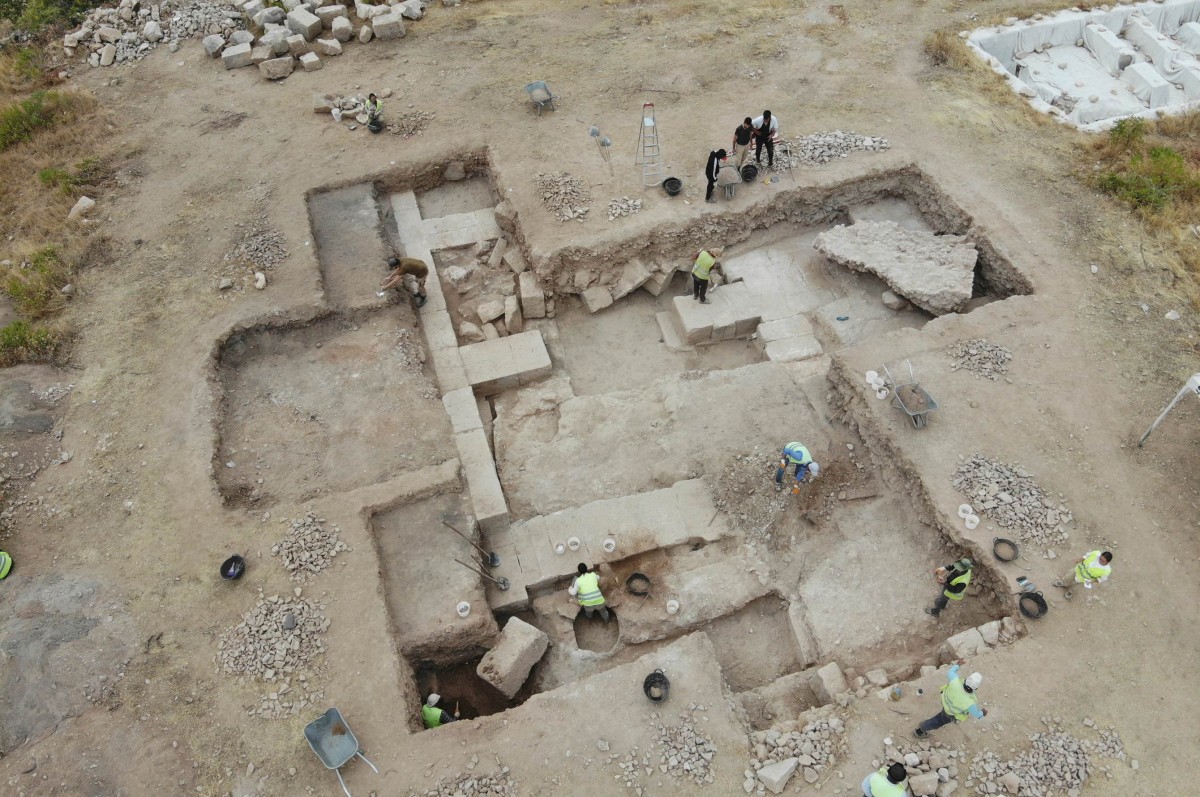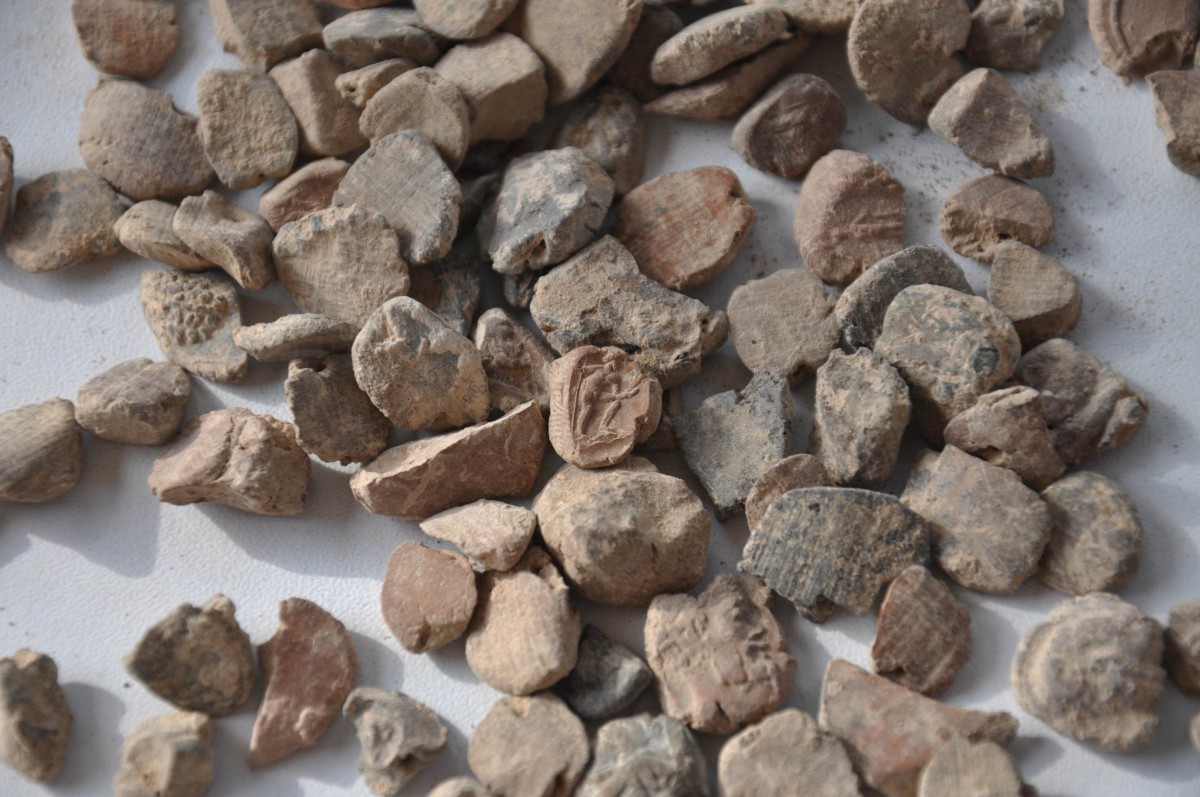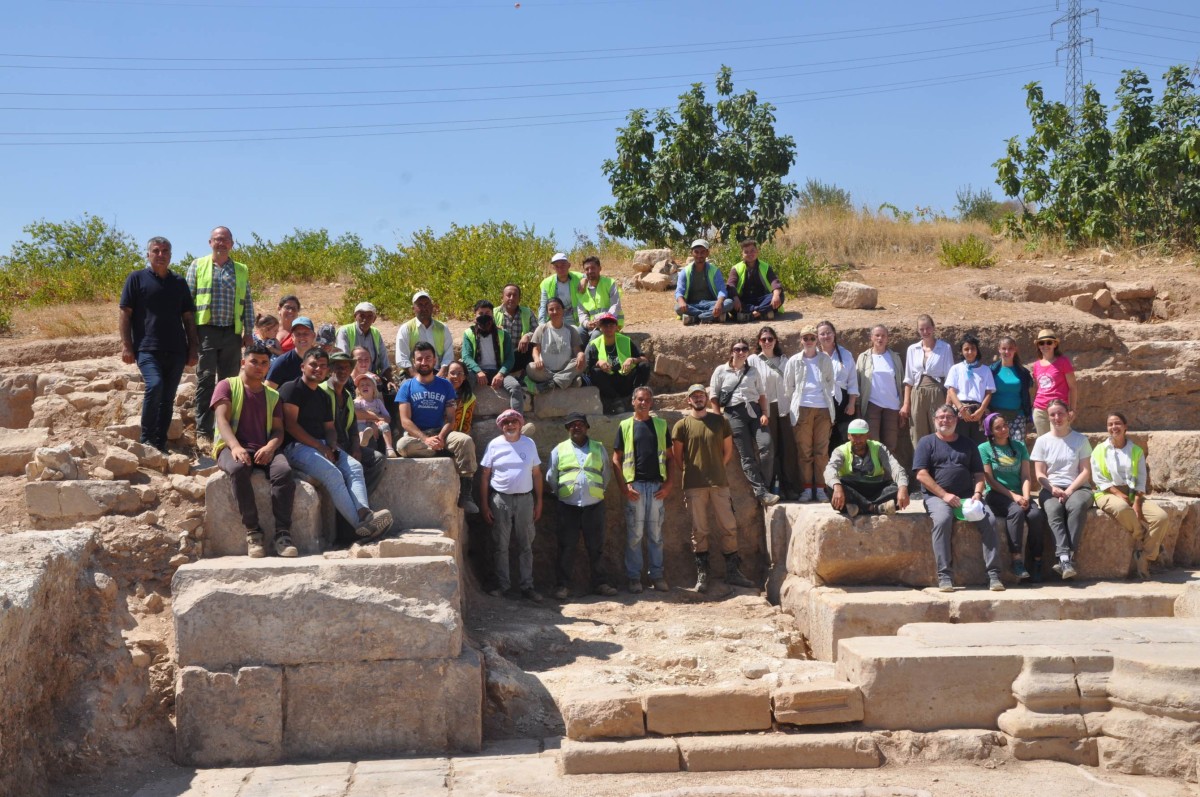
Asia Minor Research Centre uncovers city archives in Doliche
Archaeologists from the Asia Minor Research Centre have uncovered the city archives in the ancient city of Doliche in south-eastern Türkiye and recovered more than 2,000 seal impressions used to seal documents. In doing so, the team led by Prof. Michael Blömer and Prof. Engelbert Winter from the University of Münster made an important discovery: although archives for storing contracts, for example, existed in every city, only a handful of archive buildings from the Roman Empire have been identified to date. The well-preserved seal impressions and their motifs provide information about administrative practice in ancient times.
The impressions consist of stamped lumps of clay ranging in size from around five millimetres to two centimetres. They were used to seal documents made of papyrus and parchment. "The images on the official city seals are directly related to the city. They usually show their most important deities such as Jupiter Dolichenus, the city's principal god," explains Michael Blömer. The impressions of the smaller private seals show a wide range of images and symbols which reveal a lot about the cultural imprint of Doliche's inhabitants. "The gods on the seals provide insights into the religious environment of the people living there. Mythical figures or rare private portraits indicate a strong Graeco-Roman influence," Blömer explains.
"All that remains of the archive building are the lower layers of the foundations, which are made of solid limestone blocks. However, they reveal a sequence of rooms that form an elongated building complex," describes Engelbert Winter. Its exact size cannot yet be measured, he says. So far, the building has been found to be eight metres wide and 25 metres long. The width of the walls also shows that it had several storeys. The international research team uncovered the parts of the building over a period of eight weeks last summer.
The archive documents themselves were destroyed in a huge fire. In 253 CE, the Persian King of Kings Shapur I destroyed numerous cities in the Roman province of Syria, including Doliche, as a consequence of a war between the Roman and Persian empires. The city centre, which also included a bath house and a monumental temple, was not rebuilt after the fire. "This is a stroke of luck for archaeology,” the researchers say, “as it means that its condition from the period up to 253 CE has been preserved."
Background
The Asia Minor Research Centre has specialized in the study of south-eastern Türkiye for some decades now and is a leading international research institution for the provinces of Gaziantep and Adıyaman. The experts from Münster work together with local museums, researchers and authorities. Since 1997, the Asia Minor Research Centre has, among other things, been investigating the remains of the ancient city of Doliche near the Turkish metropolis of Gaziantep in collaboration with the Turkish Ministry of Culture and Tourism. The aim of the Research Centre's work is to investigate the development of the city – which was founded around 300 BCE and became a regional centre under Roman rule – as well as the everyday life of the people living there under changing political and cultural conditions. This year's work was supported primarily by the University of Münster, the Gerda Henkel Foundation and the University of Pisa.



